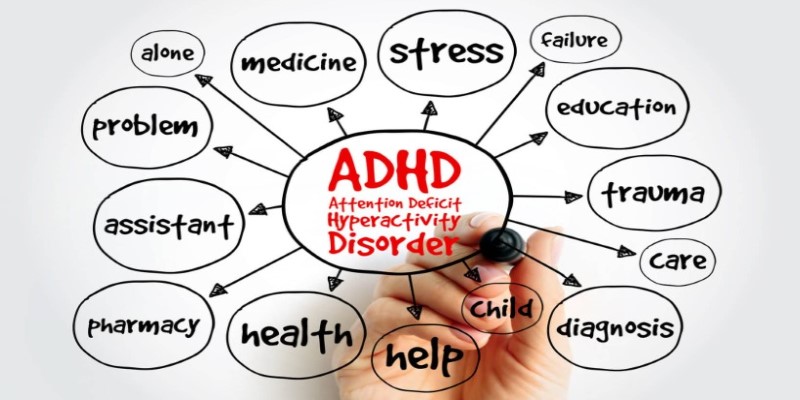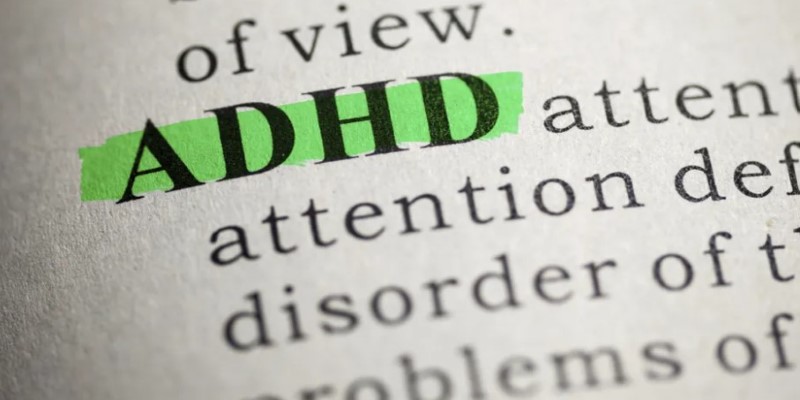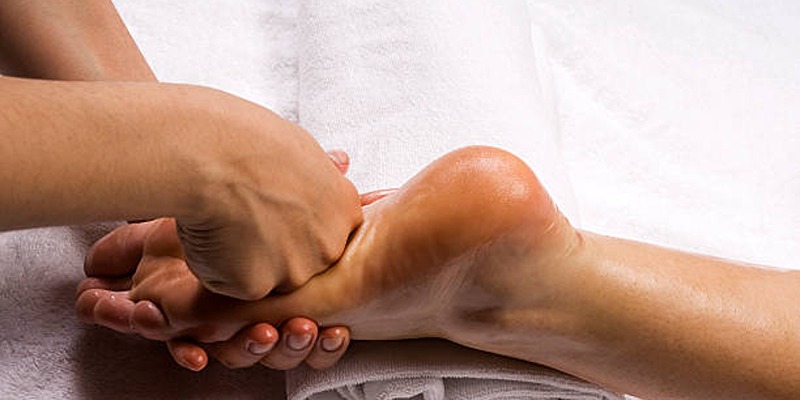Surviving Daylight Saving Time with ADHD: 5 Expert Tips
Daylight saving time (DST) can throw off anyones routine, but for people with ADHD, the disruption may feel even more challenging. The sudden shift of losing or gaining an hour can affect mood, focus, and sleep patterns, making it hard to maintain daily habits. ADHD is often accompanied by irregular sleep patterns and difficulty adjusting to changes, which means the bi-annual time change can lead to even more chaos.
However, with the right strategies, you can navigate daylight saving time smoothly. This article will explore 5practical tips to help manage the transition and mitigate its impact on ADHD symptoms.
5 ADHD-Friendly Tips for Daylight Saving Time
Adjusting to Daylight Saving Time (DST) can be particularly challenging for individuals with ADHD. Here are 5 ADHD-friendly tips to help ease the transition:
The ADHD and Daylight Saving Time Connection
Daylight saving time forces the bodys internal clock to shift, sometimes leading to feelings of disorientation and fatigue. For people with ADHD, who may already struggle with time management and regular sleep schedules, this change can exacerbate common symptoms such as lack of focus, impulsivity, and emotional dysregulation. Moreover, adjusting to the time shift can take longer due to the neurological differences that characterize ADHD.
Research suggests that those with ADHD are more sensitive to changes in their environment and routines. When the clocks spring forward in March, the lost hour of sleep can lead to fatigue and increased distractibility. Similarly, when the clocks fall back in November, the sudden shift in daylight can impact mood, causing irritability or sluggishness. Understanding this connection helps explain why a proactive approach is key to managing these effects.
Tip 1: Gradually Adjust Your Sleep Schedule
One of the biggest hurdles with daylight saving time is the disruption to your sleep cycle. People with ADHD often struggle with sleep, making this transition particularly difficult. To ease the adjustment, try gradually shifting your bedtime in the days leading up to the time change. Moving your sleep and wake times by 15 minutes each day can help your body adapt more smoothly.

Start adjusting your bedtime about a week before the change. This gradual shift allows your brain and body to recalibrate, minimizing the shock to your system. Establishing a consistent bedtime routinesuch as dimming lights, avoiding screens, and engaging in relaxing activitiescan also make the transition easier and improve overall sleep quality.
Tip 2: Enfold Natural Light Exposure
Your internal clock, or circadian rhythm, is highly influenced by natural light. When daylight saving time hits, your exposure to daylight shifts, especially in the fall when we lose evening light. For people with ADHD, this disruption can worsen symptoms of inattentiveness and low energy.
To counteract this, prioritize getting natural light in the morning. Open your curtains first thing in the morning, take a walk outside, or eat breakfast near a window. Sunlight exposure in the morning helps reset your internal clock, signaling to your brain that its time to wake up and be alert.
If natural light is limited in your area, consider using a light therapy box. This box mimics the effects of sunlight and can boost your mood and focus throughout the day.
Tip 3: Use Time-Management Tools
With the time shift, its easy to feel out of sync with your daily routine, especially if youre managing ADHD symptoms. Maintaining a structured routine is crucial to staying focused, but daylight saving time can throw that balance off.
To regain control, rely on time-management tools such as alarms, timers, and planners. These can help you stick to your schedule, even as your body adjusts to the new time. Use reminders for important tasks, and break your day into manageable chunks to prevent overwhelm.
Digital apps designed for ADHD, such as Focus@Will or Time Timer, can also help manage distractions and improve productivity during the adjustment period. Maintaining consistency in your day-to-day activities, even if the clock shifts, will provide stability.
Tip 4: Stay Active to Boost Energy and Focus
The lethargy that often accompanies the time change can be especially tough for those with ADHD, as physical activity plays a key role in managing symptoms. Exercise stimulates the production of neurotransmitters like dopamine, which can help improve focus, mood, and energy levelscritical for navigating the disruptions caused by daylight saving time.
Even if youre feeling more sluggish than usual, aim for at least 30 minutes of physical activity each day. This could be anything from a brisk walk to a quick home workout. The movement will help regulate your energy levels and support your body in adjusting to the new time.
If you find it difficult to commit to a workout, break it into smaller sessions throughout the day. Short bursts of movement, like stretching or jumping jacks, can still offer benefits and keep you energized.
Tip 5: Manage Stress and Practice Self-Compassion
The confusion and frustration that often comes with daylight saving time can increase stress levels, especially for people with ADHD, who may already feel overwhelmed by daily challenges. To navigate the time change effectively, its essential to practice stress management techniques.

Mindfulness and relaxation exercises, such as deep breathing, meditation, or yoga, can help calm the mind and reduce anxiety. Journaling is another excellent tool for processing thoughts and emotions as you adjust to the time change.
Equally important is being kind to yourself. Adjusting to daylight saving time may take longer if you have ADHD, and thats okay. Allow yourself some grace during this period, and focus on small wins rather than expecting perfection. If you find yourself struggling, dont hesitate to reach out to a healthcare professional for additional support.
Conclusion
Daylight saving time can feel like an unnecessary obstacle for those with ADHD, but with a proactive approach, you can manage its effects. By gradually adjusting your sleep schedule, prioritizing natural light, utilizing time-management tools, staying active, and managing stress, you can mitigate the disruptions that DST brings.
Remember, the key to a smooth transition is consistency and self-compassion. While the time change may challenge your routine, taking small, mindful steps can help you stay in control and continue thriving through the adjustment.












